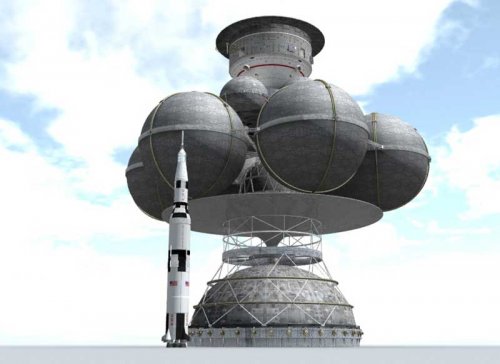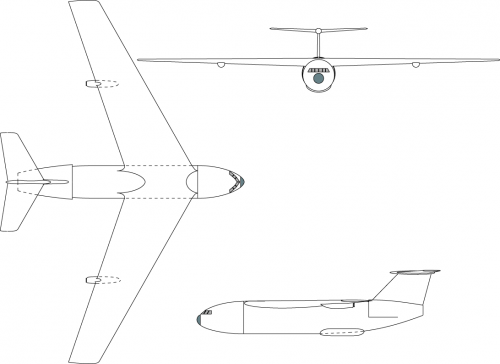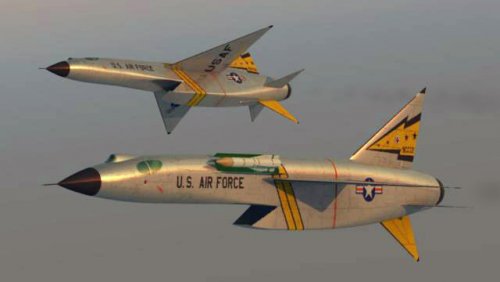- Joined
- 27 September 2006
- Messages
- 6,417
- Reaction score
- 6,817
To start off 2015 a bit late I know but I thought this one might be fun.
If you had to pick one unbuilt Secret Project as your favourite what would it be?
Hard, isn't it. TSR2 ought to be mine as I was given a toy one in 1964 and have loved it ever since. On the other hand for pure madness and impracticality the Boeing SST swing wing version in various airline colours takes up a lot of my time. The project that combines elements of both was the US West German AVS swing wing vstol wonder strike aircraft of 1967. So that is probably my choice.
If you had to pick one unbuilt Secret Project as your favourite what would it be?
Hard, isn't it. TSR2 ought to be mine as I was given a toy one in 1964 and have loved it ever since. On the other hand for pure madness and impracticality the Boeing SST swing wing version in various airline colours takes up a lot of my time. The project that combines elements of both was the US West German AVS swing wing vstol wonder strike aircraft of 1967. So that is probably my choice.




